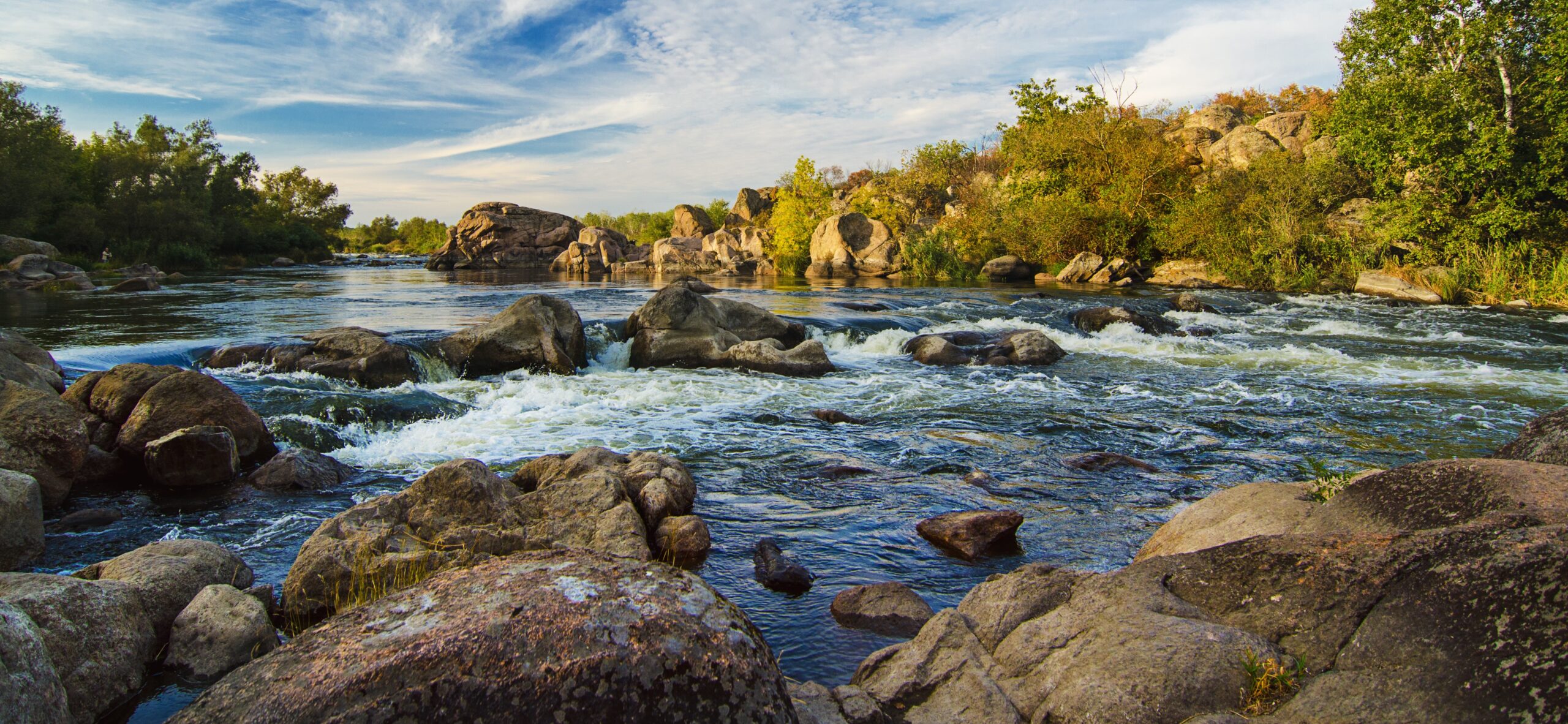Fact Sheet
Wildlife Corridors & Crossings Fact Sheet
July 27, 2021

The United States is home to a rich array of wildlife. Both habitat connectivity and wildlife corridors play a vital role in species survival as well as in preserving ecological functions such as healthy water supplies.
Direct relevant state agencies to:

Your donation funds the fight for equitable actions that protect the environment and our health.
Donate